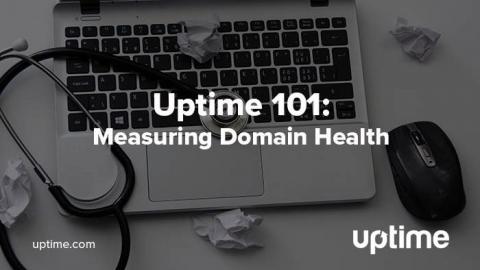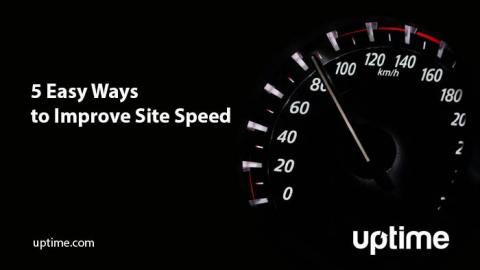Final Black Friday & Cyber Monday Ecommerce Website Prep
Black Friday sales are not just for brick-and-mortar retailers anymore. In 2017, retail store visitors on the biggest shopping day of the year dropped four percent. Meanwhile, mobile and online Black Friday sales rose 17 percent last year, with customers spending almost $8 billion. The entire weekend (Black Friday through Cyber Monday) brought in almost $20 billion in online sales.











